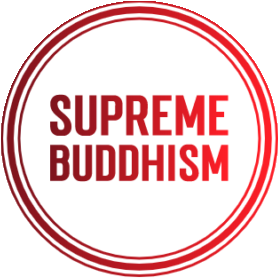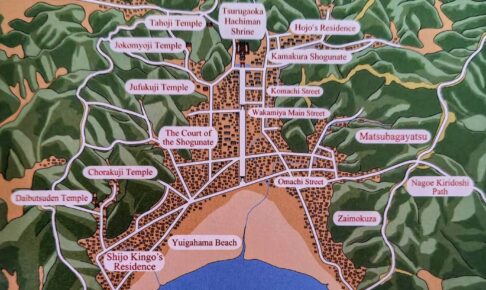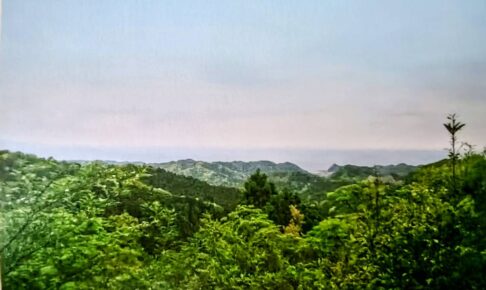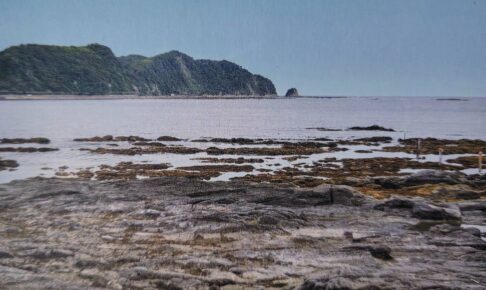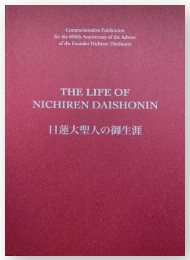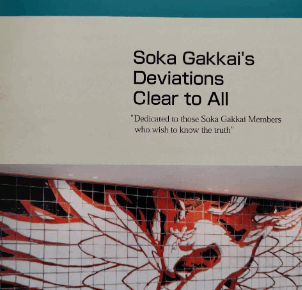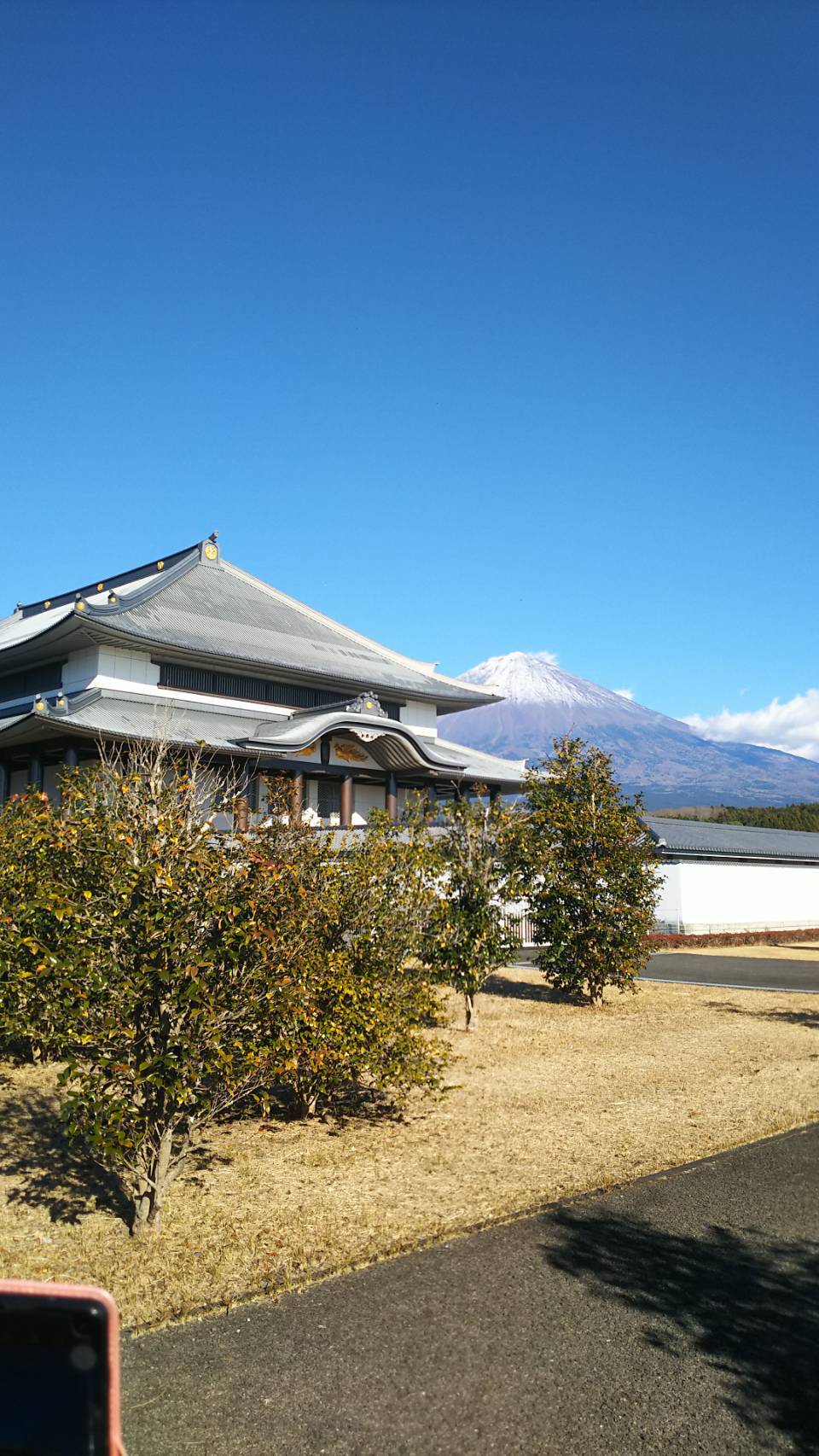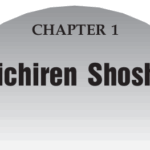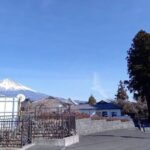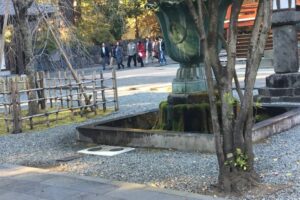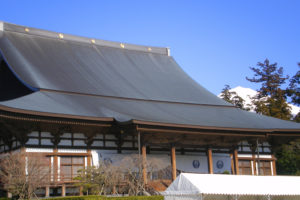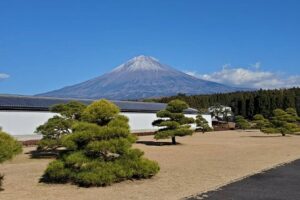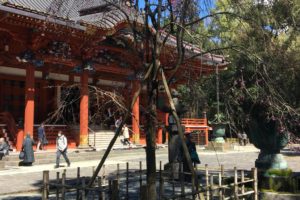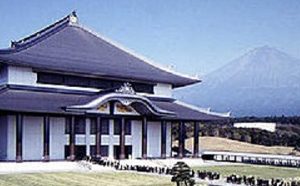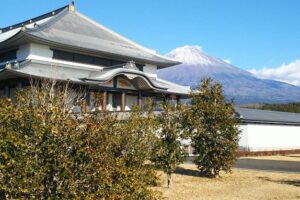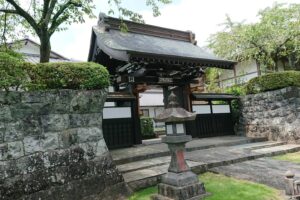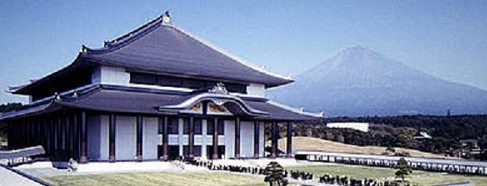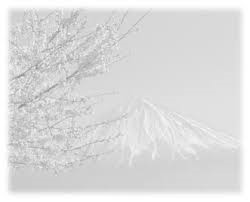1.Background of this Gosho
The Gosho, “On the Buddha’s Behavior” (Shuju onfurumai gosho), was written in the second year of Kenji (1276), when Nichiren Daishonin was 55 years of age. It is a lengthy writing in which Nichiren Daishonin recalled and chronologically recorded his behavior during the period between 1268 and 1276.
2.Major Discourse
Here, I will divide the Gosho, “On the Buddha’s Behavior” (Shuju onfurumai gosho), into seventeen sections and present a brief explanation of each section.
First, the Daishonin focused on the attack by the Mongols. He stated that, in spite of his remonstration against the nation through the submission of the Rissho ankoku-ron in the first year of Bun’o (1260), the feudal military government exercised poor judgment and refused to take heed of Nichiren Daishonin’s pronouncements. In fact, incredibly enough, the government authorities proceeded to persecute him.
In the second section, the Daishonin, citing passages from the Lotus Sutra and explanations by T’ien-t’ai and Chang-an, revealed that propagating True Buddhism in the Latter Day of the Law will cause obstacles to arise one after another without fail. He explained that his disciples must never be timid when confronting these obstacles. He warned them not to become deluded in their faith and practice of True Buddhism by seeking personal gain and by greed, so that they would be able to attain enlightenment in their present form. He encouraged his disciples and followers to courageously and resolutely follow his lead.
In section three of this Gosho, Nichiren Daishonin denounced the priests of heretical sects whom he had defeated. He explained that they had gained the confidence of those in authority, such as the executives of the feudal military government in power, and had schemed to destroy him. The feudal authorities summoned Nichiren Daishonin on the 10th day of the 9th month of the 8th year of Bun’ei (1271) and interrogated him. The Daishonin passionately expressed his desire to preserve peace and safety in the nation. Furthermore, he sought to engage in a public debate with the heretical priests. He then warned that slanderous practices would bring forth disasters in the form of rebellions from within and enemy attacks from without
In the fourth section, Nichiren Daishonin explained how, on the 12th day of the 9th month of the 8th year of Bun’ei (1271), Hei no Saemon-no-jo, with several hundred retainers, attacked him in his humble abode in Matsubagayatsu and tried to arrest him. At that time, Nichiren Daishonin performed his second remonstration against the national authorities, as he warned:
See how insanely Hei no Saemon is acting! You all have just toppled the pillar of Japan!
(Gosho, p. 1058; MW-1, p. 178)
In the fifth section, the Daishonin described how he admonished Tensho Daijin and Hachiman at the Hachiman Shrine on Wakamiya Avenue, as he was being led away to the execution site in Tatsunokuchi. He severely admonished them for failing to protect the votary of the Lotus Sutra.
In section six, the Daishonin described his behavior at the time he was taken to the execution site in Tatsunokuchi and the circumstances surrounding it. When Nichiren Daishonin arrived at the beach in Yui, he calmly took his seat at the execution site. At the very moment that the warrior raised his long sword to perform the beheading, a brilliant orb of light burst forth from the direction of Enoshima. The soldiers were terrified and were unable to complete the execution. Nichiren Daishonin explained that this was, indeed, the moment when he transformed from his form as a common mortal into the entity of the Buddha. He revealed that this was the moment when he cast off his transient form and manifested his true identity (hosshaku kempon).
In the seventh section, Nichiren Daishonin explained how he rested at the residence of Homma Rokuro-zaemon-no-jo in Echi, after he triumphantly overcame the Tatsunokuchi persecution. A messenger from the feudal government brought a written decree stating that Nichiren Daishonin was not guilty. However, those who schemed to destroy him succeeded in exiling the Daishonin, who was innocent, to Sado.
In the eighth section, the Daishonin illustrated the circumstances of his exile in Sado. Harsh living conditions awaited him. He had departed from Echi and arrived at Tsukahara in Sado. Despite these conditions, he wrote:
It is not one’s friends but one’s enemies who assist his progress.
(Gosho,p.1063; MW1-. 186)
He explained that enemies are more likely than friends to cause people to greatly improve themselves. He expressed his feelings, stating how he was able to prove his identity as the True Buddha of the Latter Day of the Law precisely due to the conduct of the likes of Ryokan and Hei no Saemon-no-jo.
In the ninth section, Nichiren Daishonin described the harsh conditions of his life in the Sammai-do Hall in Tsukahara and the religious debate that took place with several hundred Nembutsu and other heretical priests. The tremendous number of opponents was never an issue for Nichiren Daishonin. He stated:
I overturned them as easily as a sharp sword cutting through a melon or a gale bending the grass
(Gosło, p. 1064; MW-1, p. 188)
He easily defeated them, one after another. Homma Rokuro-zaemon was present at the debate, and as he was about to take his leave from Tsukahara, Nichiren Daishonin called him and prophesized that fighting was about to erupt in Kamakura. The Daishonin warned him and urged him to return to Kamakura.
In section ten, Nichiren Daishonin stated that, in the 2nd month of the 9th year of Bun’ ei (1272), he had written the “Opening of the Eyes” (Kaimoku-sho), a significant document that revealed his identity as the Object of Worship in term of the Person (nin honzon). On the 18th day of the 2nd month, news arrived that fighting had broken out in Kamakura, precisely as the Daishonin had predicted the previous month. Homma Rokuro-zaemon realized that Nichiren Daishonin’s prediction was correct. He swore never to uphold the Nembutsu thereafter and quickly departed for Kamakura. As a result, an increasing number of people began to support Nichiren Daishonin at this time.
In the eleventh section, he described how the priests of the heretical sects felt threatened by the Daishonin, as his supporters increased in number and as the control that these priests held began to wane. They schemed to cause Nobutoki, the lord of the province of Musashi, to issue an official letter that would have made conditions increasingly harsh for the Daishonin. However, on the 14th day of the 2nd month of the 11th year of Bun’ei (1274), a letter of pardon for the Daishonin was issued by the feudal military goverrment. As a result,he returned to Kamakura,after two and a half years of being treated as a criminal in exile.
In the twelfth section, the Daishonin discussed his return to Kamakura from Sado. He met with Hei no Saemon-no-jo and presented his third remonstration. Hei no Samon-no-jo asked Nichiren Daishonin when he thought the Mongol forces would invade. The Daishonin decisively responded, “They will surely come within this year (Bun’ei 11 [1274]).” He strongly urged the elimination of the slanders that were causing disaster for the nation in the form of invasion from foreign enemies. The Daishonin remarked how Hei no Saemon-no-jo did not listen to his urgings.
In section thirteen, Nichiren Daishonin described how the feudal military government reacted to his third remonstration and sought to play him down by ostentatiously bringing forth a priest of the slanderous Shingon sect to pray for rain. A tremendous storm came as a result, and homes were destroyed and many live were lost. Kamakura suffered the greatest losses. The Daishonin explained that the feudal government’s rejection of True Buddhism and its adherence to slanderous ways that were leading to the destruction of the nation were responsible for these conditions. Seeing these circumstances, everyone once again realized that Nichiren Daishonin spoke the truth. After this, however, Nichiren Daishonin moved to Minobu.
In section fourteen, Nichiren Daishonin revealed that he had given up on the feudal military government, which was tremendously weak and foolish. He wrote:
If after three attempts to warn the rulers of a nation one’s advice is still unheeded, one should leave the area.
(Gosho, p. 1069; MW-1, p. 196)
On the 12th day of the 5th month of the 11th year of Bun’ei (1274), the Daishonin left Kamakura and took up residence in Minobu. In the 10th month of that year, his predictions to Hei no Saemon-no-jo came true, and the Mongols launched their attack on Japan. Nichiren Daishonin forcefully stated that the root cause for this national disaster was the slandering of True Buddhism and the upholding of heretical doctrines.
In the fifteenth section, Nichiren Daishonin explained how, in addition to the slanders committed by the nation, the slanderous activities of individuals also brought actual proof in the form of dire consequences. He described the last moments of life of slanderous priests and indicated how the truth or heresy of the Law upheld by a person determined whether or not he would attain enlightenment and whether or not he would enjoy true happiness.
In the sixteenth section, the Daishonin addressed an issue that people may have wondered about. The Lotus Sutra expounded that those who do harm to a votary of the Lotus Sutra would have their heads split into seven pieces (zuhasa shichi bu). Why was it that the heads of the priests of heretical sects who slandered the Daishonin were not broken? He addressed this question by first indicating that he was unmistakably the votary of the Lotus Sutra. He further stated that the head splitting into seven pieces is a figurative expression that means a confused perspective or a disability in one’s capacity. He stated that many individuals were oblivious to this reality.
Finally, in the seventeenth section, the Daishonin said that, without fail, those who propagate True Buddhism in the Latter Day of the Law, as the votaries of the Lotus Sutra, would incur the intense jealousy of the Devil of the Sixth Heaven. Nichiren Daishonin concluded the Gosho, “On the Buddha’s Behavior” (Shuju onfurumai gosho), by explaining that the existence of this Devil King was, indeed, the reason why he had encountered various persecutions and slanders.
3. Conclusion
I have thus far presented a brief summary of the Gosho, “On the Buddha’ s Behavior” (Shuju onfurumai gosho). As Nichiren Daishonin indicated in this Gosho, his behavior throughout his entire life was devoted to the salvation of all humanity in the Latter Day of the Law.
This Gosho contains many significant passages, such as the following:
If I am not given due respect as the votary of the Lotus Sutra, then the country will perish.
(Gosho, p. 1066; MW-1, p. 190)
This statement addresses entities, such as the heretical Nichiren sect, which did not receive the transmission of the Heritage of the Law, and new religions, such as the current Soka Gakkai.
No matter how much praise individuals may shower upon Nichiren Daishonin, if they do not follow the correct transmission of the Lifeblood Heritage of the Law, then it would be absolutely impossible for them to attain enlightenment We must also clearly understand that doing so may, in fact, cause them unhappiness.
It is essential for us to purely uphold the Dai-Gohonzon of the High Sanctuary of True Buddhism as the focus of our faith and practice, as we perform our daily Gongyo and Daimoku and follow the directions of the current successive High Priest who has received the Lifeblood Heritage of the Law.
The following is another passage from this Gosho:
Now we are at the beginning of the Latter Day of the Law and I, Nichiren, am the first to set out on the worldwide propagation of Myoho-Renge-Kyo. These five characters are the heart of the Lotus Sutra and the source of the enlightenment of all Buddhas. … My disciples, form your ranks and follow me, and you shall surpass even Mahakashyapa or Ananda, T’ien-t’ai or Dengyo!
(Gosho, p. 1576; MW-1, p. 176)
We must sincerely embrace these instructions and advance everyday in our performance of shakubuku. Let us all exert our utmost efforts in shakubuku, as we progress towards the year 2009, the significant juncture of the 750th anniversary of the revelation of the truth through the writing of the Rissho ankoku-ron.
